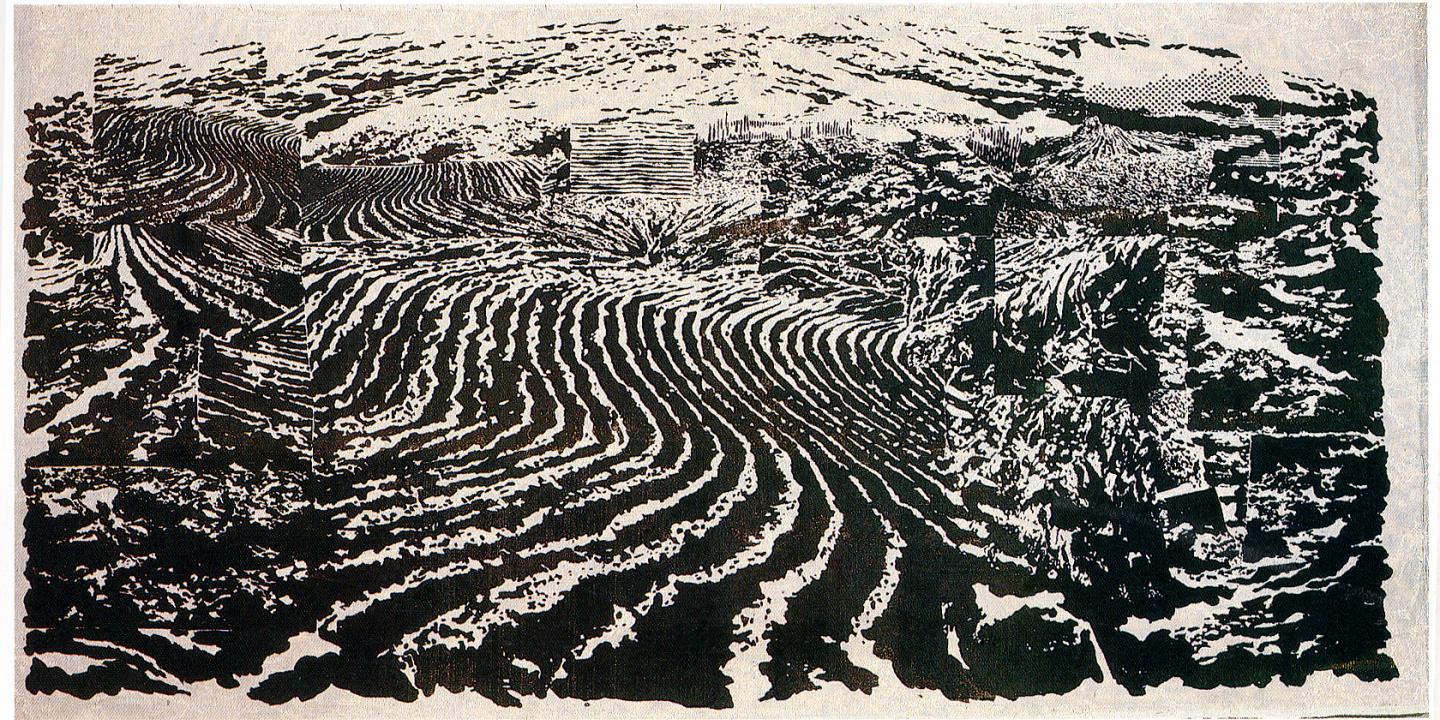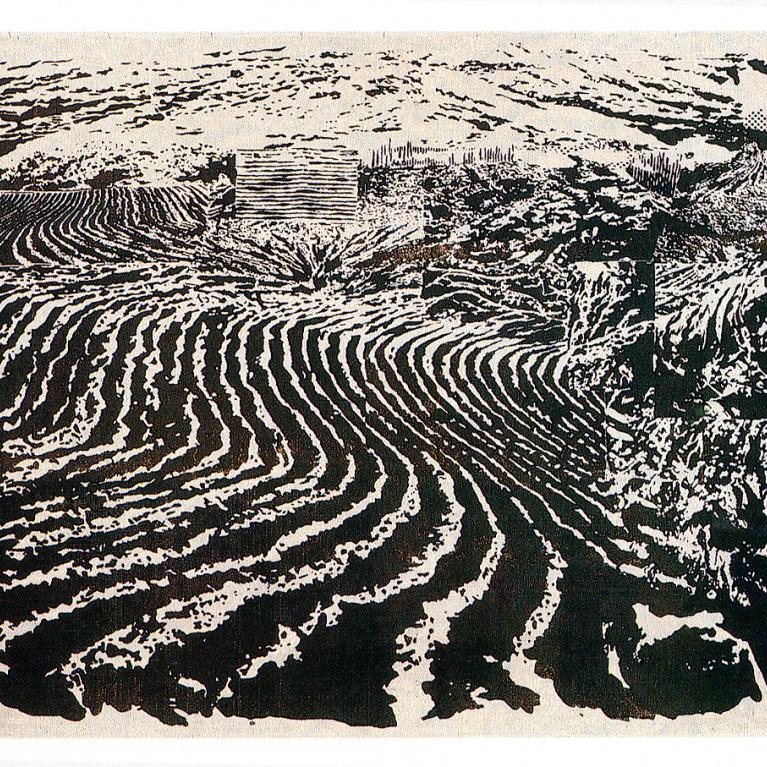The Textile Art Collection
The textile art collection provides an opportunity to get acquainted with all kinds of textile art in Latvia and trace its advancement from the beginning till the end of the 20th century.
The museum preserves remarkable textiles of the 1920s and 30s which are of high artistic quality. These are mostly rugs woven in the Persian technique after the sketches of the outstanding Latvian masters – Jūlijs Madernieks, Ansis Cīrulis and Jūlijs Straume. The highlight of the collection is a unique altar-frontal fashioned around 1910 and embroidered after the sketch of the Latvian painter Janis Rozentāls.
The creation of the collection was well planned and it has been supplemented with regular acquisitions already since the 1960s. The textile collection was forming at the time when the flourishing of Latvian professional textile art started. This period is represented by the artworks of oldest and middle generation textile artists such as Ella Ūdre-Dviele, Vera Viduka, Erna Ošele, Milda Klēbaha. In the 2nd half of the 1960s young, promising textile artists: Aija Baumane, Ērika Iltnere, Lilita Postaža, Ruta Bogustova and others confidently stepped on the Latvian textile art scene. They demonstrated boundless artistic expression and contemporary approach in their art.
The greatest part of the textile art collection contains the artworks of the 1970s and 80s.
The collection provides an opportunity to form a more or less complete impression about the creative work of Professor Rūdolfs Heimrāts – the founder of the Latvian textile art school. The collection comprises also artworks by the outstanding Latvian textile artist Georgs Barkāns. The museum owns almost all the most significant textiles created by the artist Edīte Pauls-Vīgnere, which are emotionally high strung and extremely rich in artistic expression. Alongside classical tapestries woven in the Gobelin technique, spatial textiles popular in the 1970s and 80s, occupy an essential place within the collection.
In order to reflect the flourishing of diversity within the discipline, the textile art collection is gradually growing, including artworks, which are made already in the new millennium. Most attention is paid to fibre art which is taking up firm position within the textile art of today.

